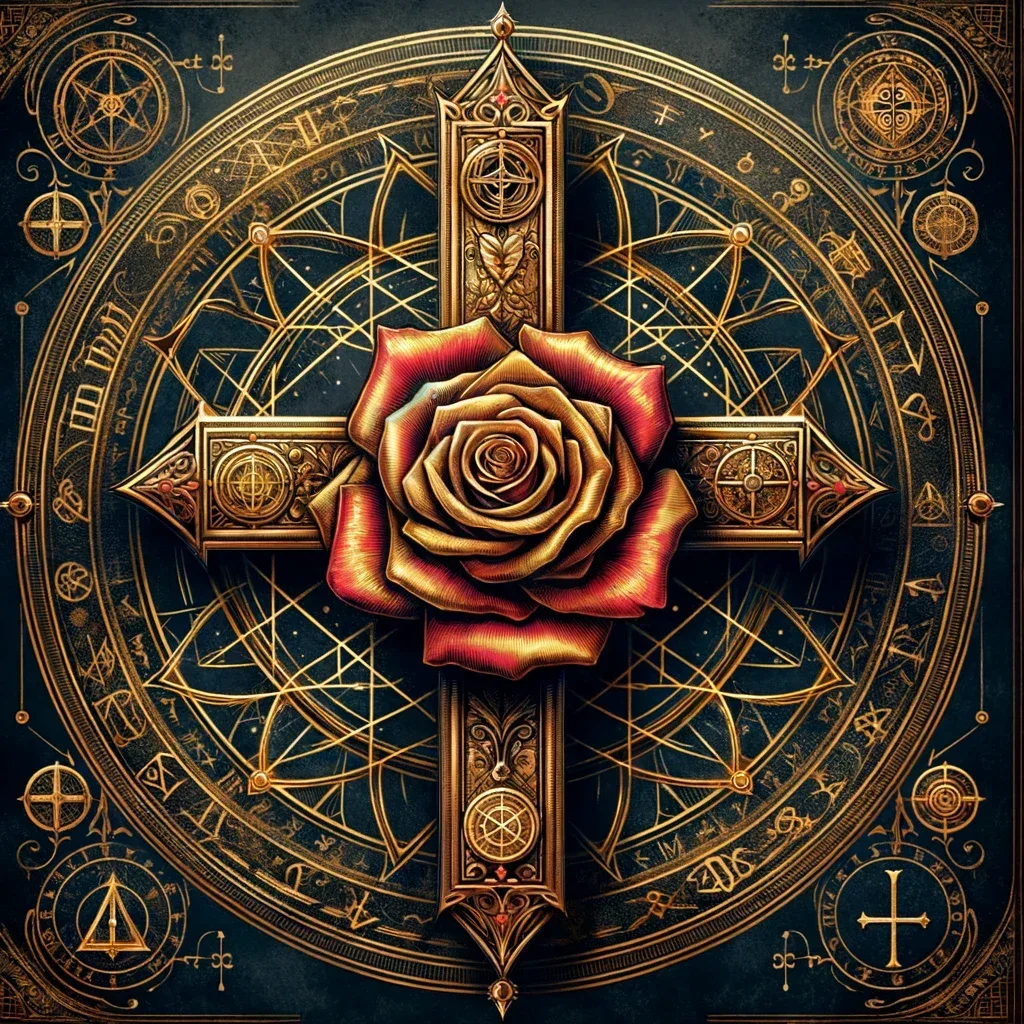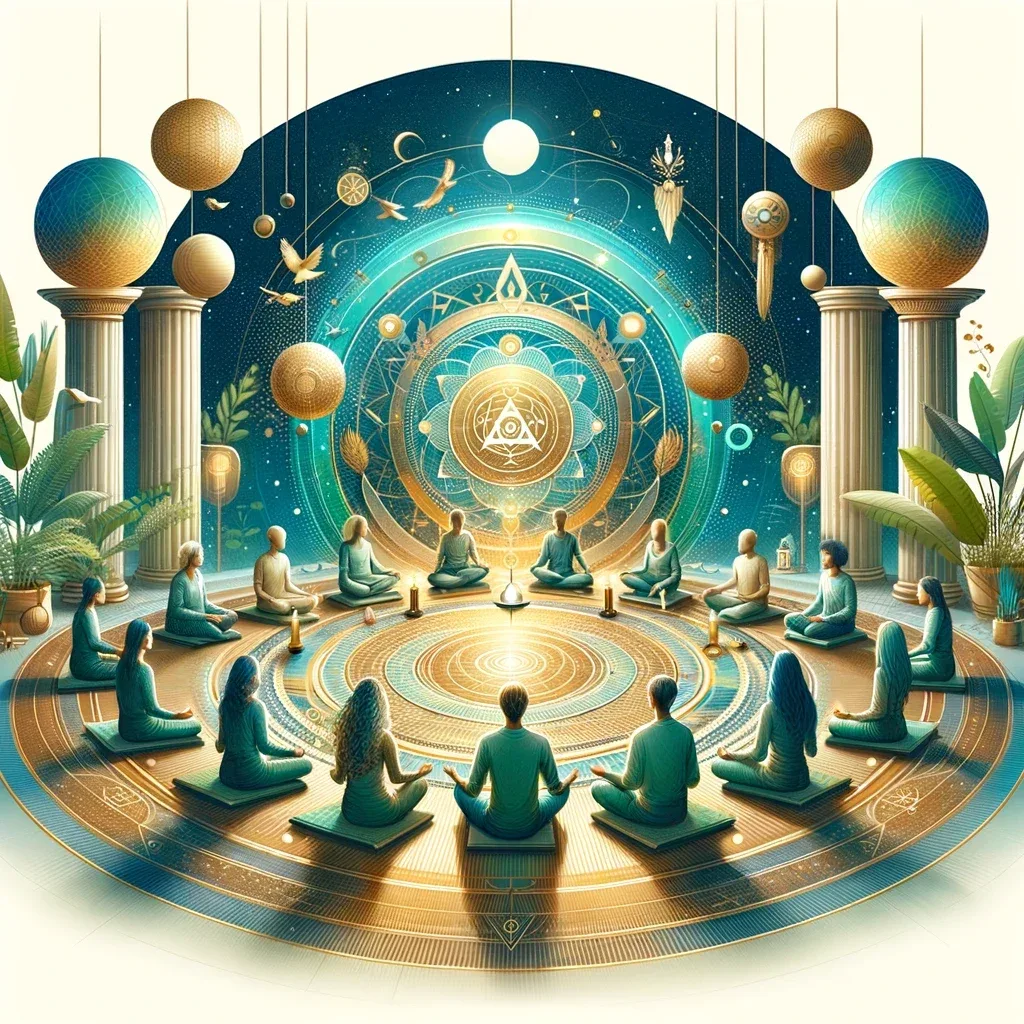The Rosicrucian Order, also known as the Ancient and Mystical Order Rosae Crucis (AMORC), has fascinated seekers of esoteric and spiritual knowledge for centuries. This article aims to explore in depth the beliefs, practices and history of this mysterious order, providing a clear understanding of what the Rosicrucian Order preaches.

Origins and History of the Rosicrucian Order

Historical Background
The Rosicrucian Order has its roots in mystical and esoteric tradition, dating back to the XNUMXth century in Europe. It emerged in a period of intense intellectual and spiritual activity, marked by a revival of interest in alchemy, kabbalah and hermeticism.
Rosicrucian Manifestos
The first documents associated with the Rosicrucian Order, known as the “Rosicrucian Manifestos”, appeared in Germany. These texts – Fama Fraternitatis, Confessio Fraternitatis and The Chemical Wedding of Christian Rosenkreuz – describe the philosophy and objectives of the order, promoting a type of spirituality that sought to harmonize religion and science.
Evolution and Influences
The Order has undergone several transformations over the centuries, influencing and being influenced by various occult and mystical currents of thought. His ideas contributed significantly to the development of Western esoteric thought.
Principles and Teachings

Rosicrucian Esotericism
The Rosicrucian Order is based on Christian esotericism, combining elements of Christianity with older mystical traditions. It emphasizes the search for inner knowledge, or gnosis, as a path to spiritual enlightenment.
Alchemy and Hermeticism
Alchemy, not only in its physical aspect of transforming metals, but primarily as a metaphor for spiritual transformation, is central to Rosicrucian teachings. Hermeticism, with its principle that “as above is as below,” also plays a crucial role in Rosicrucian philosophy.
The Search for Harmony and Knowledge
The Order preaches the search for harmony between the body, mind and spirit. It encourages its members to seek knowledge in various areas, including science, art and spirituality, to achieve a deeper understanding of the universe and themselves.
Practices and Rituals

Meditation and Reflection
Contemplative practices, such as meditation and reflection, are fundamental for members of the Rosicrucian Order. These practices aim to promote self-knowledge and connection with the divine.
Symbolic Rituals
Rosicrucian rituals are full of symbolism and serve to transmit spiritual teachings in a non-verbal way. These rituals help members internalize the principles of the Order and progress on their spiritual path.
Continuous Study and Learning
The Order encourages the constant study of esoteric and philosophical texts. Continuous learning is considered essential for personal and spiritual development.
Cultural Impact and Influences

Influence on Arts and Sciences
The Rosicrucian Order has had a significant influence on the arts and sciences, inspiring artists, writers and scientists throughout history. His ideals of harmony and search for knowledge can be seen in several cultural and scientific works.
Rosicrucianism in Modern Society
Today, the Order continues to attract those seeking a spiritual path that harmonizes religious, philosophical and scientific elements. It adapts to modern times, remaining relevant in an increasingly interconnected world.
Conclusion
The Rosicrucian Order continues to be a source of fascination and inspiration for many. With her teachings that integrate mysticism, science and art, she offers a unique path to understanding the world and the inner self. By promoting an ongoing quest for knowledge and harmony, the Rosicrucian Order maintains its place as one of the most influential and enduring esoteric traditions in the world.






